What makes an instrument the hardest to play? A simple enough question on the surface. Loads of pulleys and levers? Extreme chords and notes? Precise technical skills? Well, yes, all these things do matter.
But the deeper you go into this question, the more aspects come into play, the more subtleties become apparent… until you ultimately reach the realization that what makes an instrument hard to play is an entirely subjective matter.
Tune in to Drop Out
How can one ignore the endless complexities, the limitless possibilities of every musician and every instrument? It is the meeting of two distinct personalities within an oasis of imagination. A truly evolving relationship which, depending on the parties involved and the fertility of their land, can be the merging of streams into a grand flowing river… or desolate evaporation upon dead sands.
We don’t really believe that you can measure music. It is ethereal, ancestral magic channeled into this dimension by those who cultivate enough power to tap into its omnipresent source. Just listen to Hendrix, Penderecki, or a muezzin’s call to prayer.
There’s playing an instrument… and then there’s playing an instrument. Indeed, a focus on the formulaic can block you from uniting in tune with tune. The truly best musicians merge souls with their instruments. This can be effortlessly performed as a birthright by one person, and achieved by another only after a lifetime of pushing a boulder up a hill to earn it.
The Breakdown
For the purposes of this list, we will reign in our galloping sermon to take the distasteful but necessary steps of considering what is supposedly “measurable” in music. In selecting our picks for the hardest instruments to play, we have included those which are well-known in the west, alongside instruments you’ve probably never heard of.
Instead of ranking them 1-10 (which seems dishonest since they are all challenging in different ways), we have grouped them by type (percussion, string, and wind) so that their difficulty may be compared with similar instruments.
The instruments we have featured below may not be such classic lady killers as the guitar. But, if you’re looking for a deep soul connection rather than a meaningless tryst and “Wonderwall,” then read on to truly rock on.
The Hardest Percussion Instruments to Play
Passionate, gnarly, raw, unchecked… technical, precise, and painstakingly difficult to play. As tempting as it was, we could not include the tambourine on this list. Please refer your complaints to the Editor.
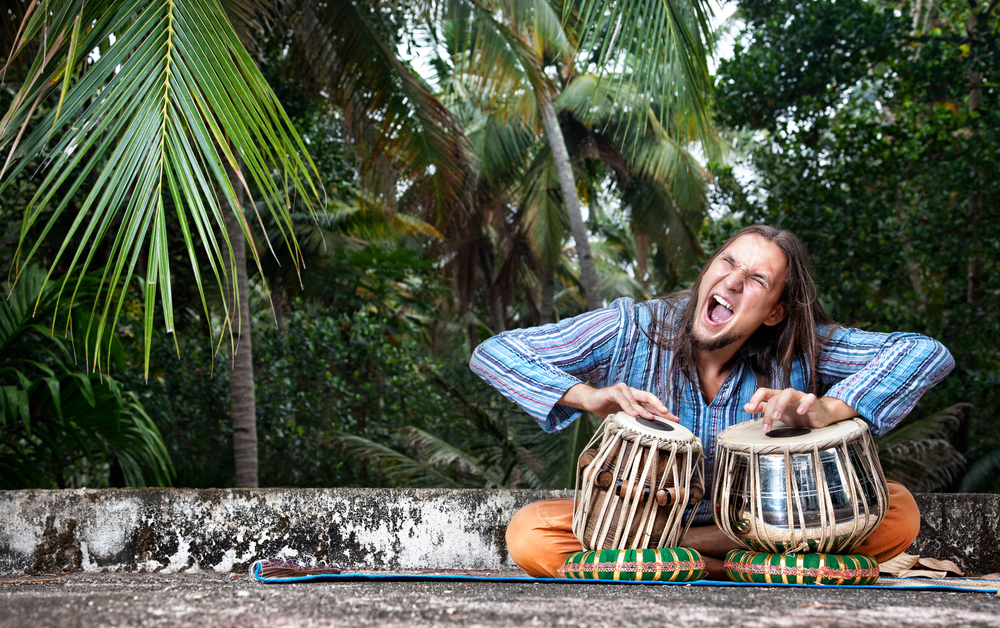
Tabla
There’s something truly special in the sounds of a tabla drum, which resonates a primal, rather undefinable sensation. Made of clay, leather, and wood, it would be easy to mistake these earthen drums as nothing more than simple tapping, but that couldn’t be further from the truth.
Hailing from the Indian subcontinent, the tabla is considered by many to be the hardest percussion instrument in the world to master. The art of playing the tabla is so complex, subtle, and multifunctional that it even requires the player to make a range of accompanying sounds with their mouth.
If you’re yet to experience the tropical thumpings of Zakir Hussain as he forms a 5D sound hologram with lightning-fast movement, we highly recommend it.
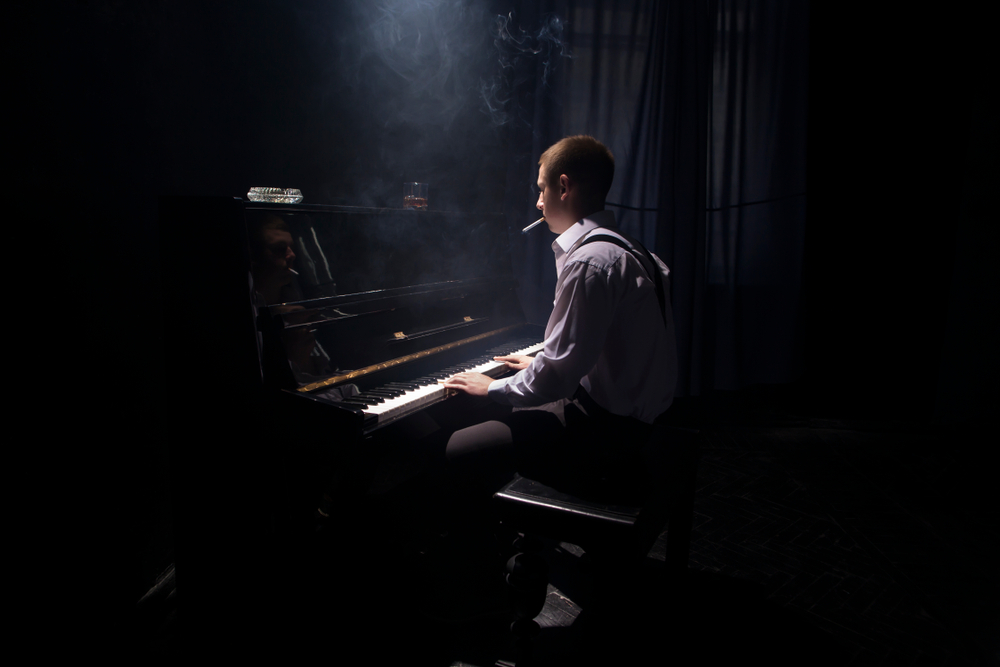
Piano
The piano needs no introduction. Finger yoga supreme, it takes decades of painstaking practice to even become half-decent at keeping up with its more elaborate compositions. No instrument is held to such high standards by even the least-experienced member of the public. Nor have their true masters been hailed with such devotion.
The chords, the speed, the clarity, the spirit. Not to mention actually composing. To become a piano great, it’s also mandatory that you spend long, melancholy evenings playing dramatic chords and chain-smoking in a dark room. The piano is a no brainer as one of the hardest percussion instruments in the world.
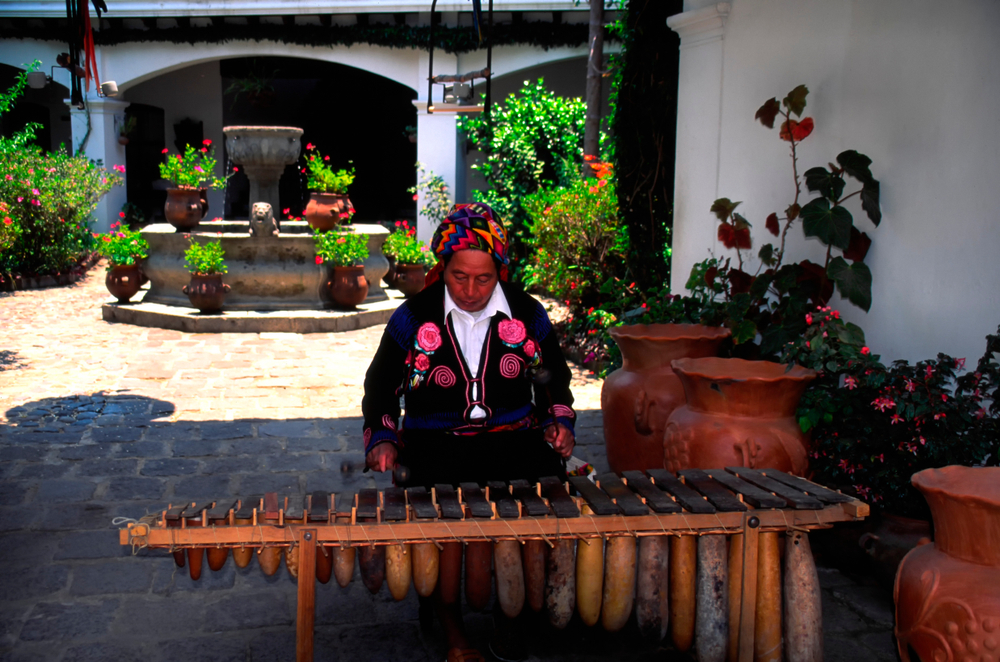
Marimba
Xylophone’s mom is always telling him to work harder and be more like the marimba. Meet the xylophone’s honors-degree older sister. This beautiful instrument, born in Zimbabwe (but national instrument to Guatemalans) and known as the ‘mother of song’, is a wooden keyboard with a range of pipes hanging beneath.
Essentially, the marimba is played by striking the keys with mallets – sounds easy enough, right? Try playing it with FOUR mallets at once and learning how to do single stroke rolls to sustain the higher notes. To achieve this with the necessary precision, you’ll need to practice spatial exercises until your hands fall off.
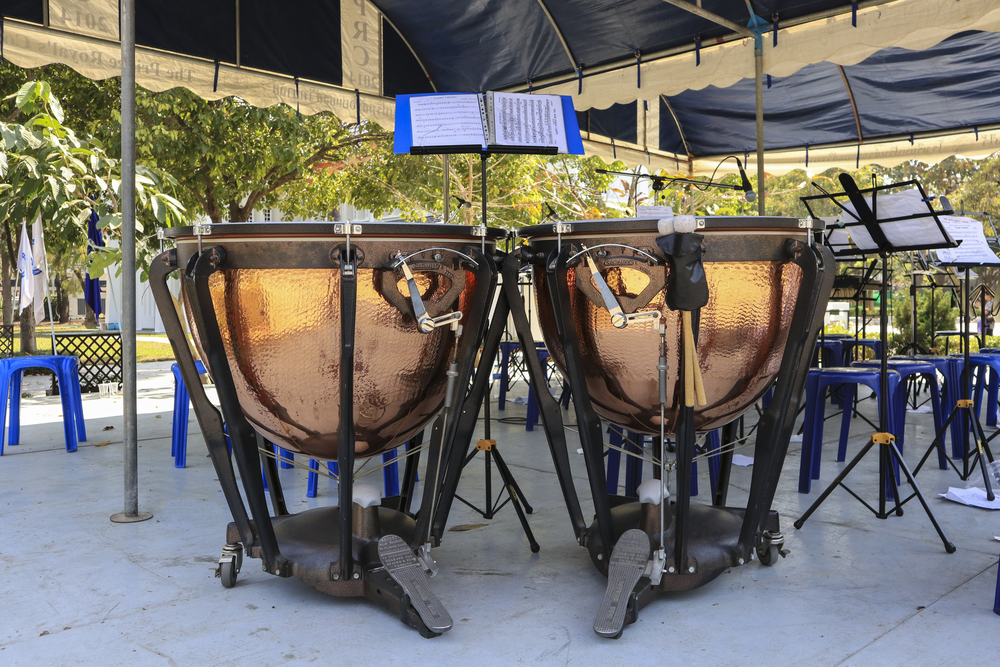
Timpani
Also known as the ‘Kettledrums,’ timpani is a set of large, metallic, round bottom drums, commonly found in a classic orchestral ensemble. Its origins can be traced back to the ancient Balinese (their ‘Moon of Pejeng’ is the oldest kettle drum in their world), Irish, Hebrews, and more.
However, there was no written kettledrum music until the 16th century as, until that time, the technique and repertory were top secret and passed down only through oral tradition.
The true challenge to playing the timpani lies in the need to repeatedly (and silently) tune your drum mid-song, and in the stringent precision with which you need to hit the drum with your mallet to evoke the perfect tone.
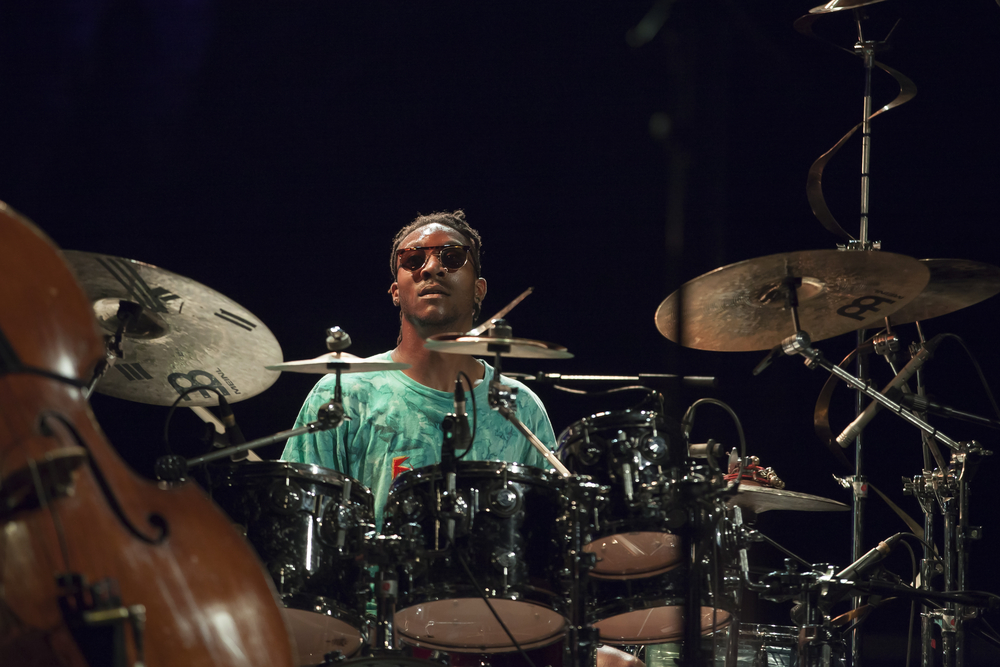
Drums
We’re all familiar with the superhuman speed and energy it takes to play the billion sections of a classic drumkit. Particularly when it comes to jazz. The drums are the foundation of the entire orchestra and if they are off, the whole song goes out the window.
If you don’t understand why drums made the list, watch the film ‘Whiplash.’ Even if you do understand, you should watch it anyway. It’s brilliant.
The Hardest String Instruments to Play
If you felt really proud of yourself when you learned to play ‘Stand By Me’ on ukulele at summer camp, we are here to check your ego. These insanely difficult instruments will have you strung-out on their strings before you even think of moving on to ‘Over the Rainbow.’
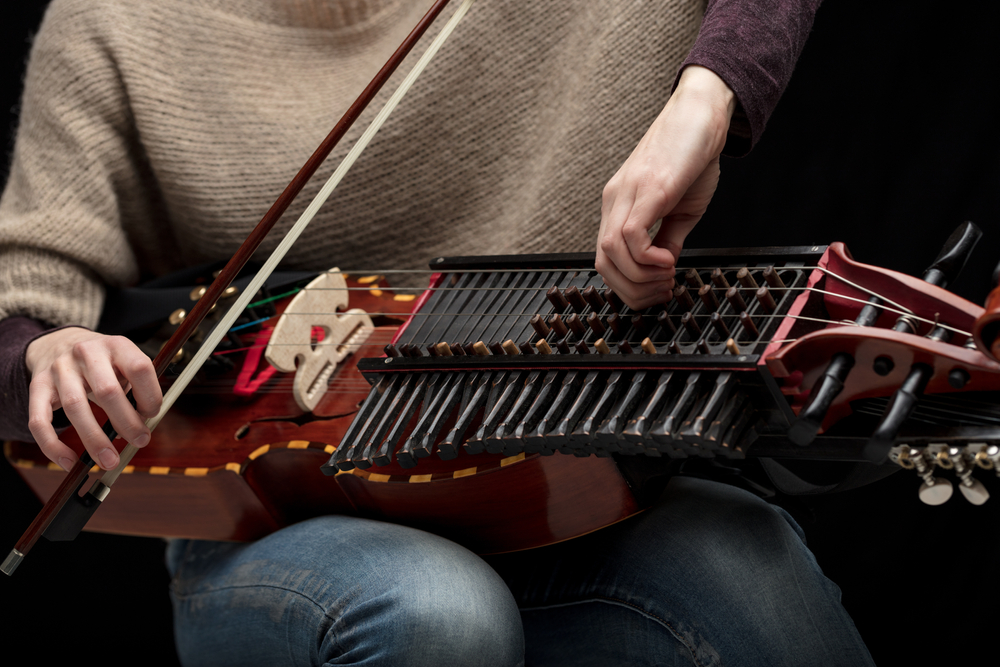
Nyckelharpa
Most list-makers would classify the violin as one of, if not the, hardest instruments to play. Well, this medieval Swedish “key harp” is like a violin on steroids. To tame this beast, not only do you have to master the painstaking art of bowing the strings, but you must also simultaneously manipulate those 7 strings with a monster set of keys.
That’s 3 more strings, a whole set of keys and some crazy contortions more work than a classic violin! Dedicate your life to playing the nyckelharpa and you’ll probably end up unable to hold a fork.
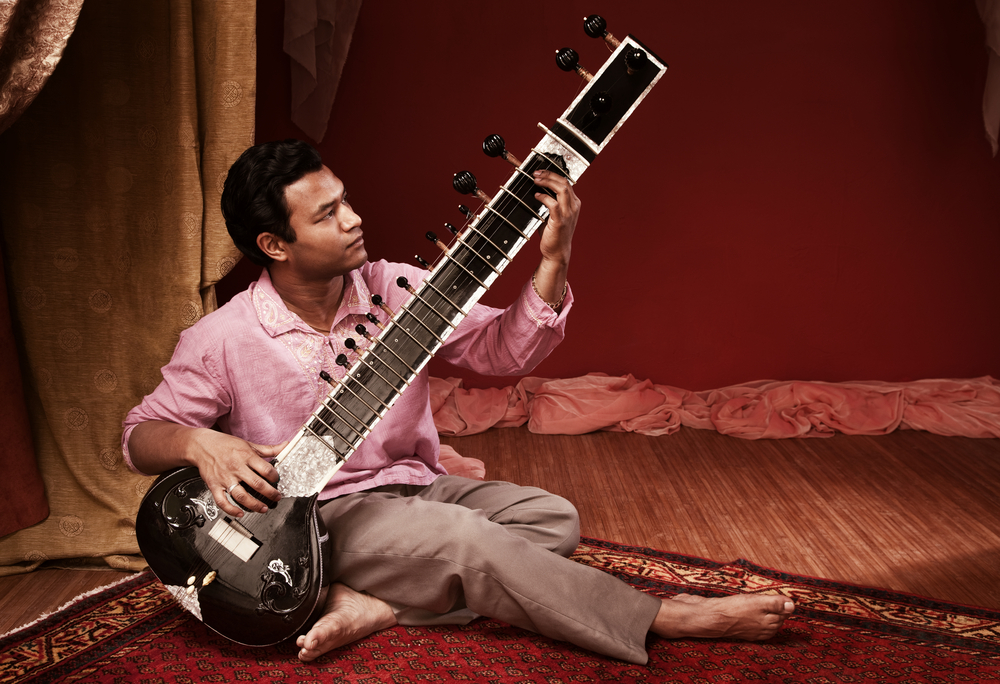
Sitar
If you truly want to know which stringed instruments are the hardest to play, just ask any classical Indian musician. Fans of The Beatles’ psychedelic era will immediately recognize the far-out twangs of the Indian ‘guitar.’ Sitar player Ravi Shankar famously rocked the stage with his at George Harrison’s iconic ‘Concert for Bangladesh’ in 1971.
This sublime instrument has up to 21 strings, 2 bridges, and 2 types of frets. It’s made of wood, gourds, and deer antler or camel bone. Along with its grandmother, the ‘veena,’ this is one of the most complex and intellectual guitar-like instruments to master.

Bulbul Tarang
The bulbul tarang is yet another Indian invention making the list of world’s hardest string instruments. It’s a bizarre sort of mix between several different instruments, with the strings and sound of a sitar, and the keys of an accordion set into a mini piano-like box.
To play the bulbul tarang, you need to first lay it on a flat surface. Fingering the type-writer keys with your left-hand presses the strings against the fretboard and controls the notes and chords while your right hand plucks the strings to play the tune. A lot of skill and practice is required to master this unique instrument, but at least it won’t contort your hands like the nyckelharpa!
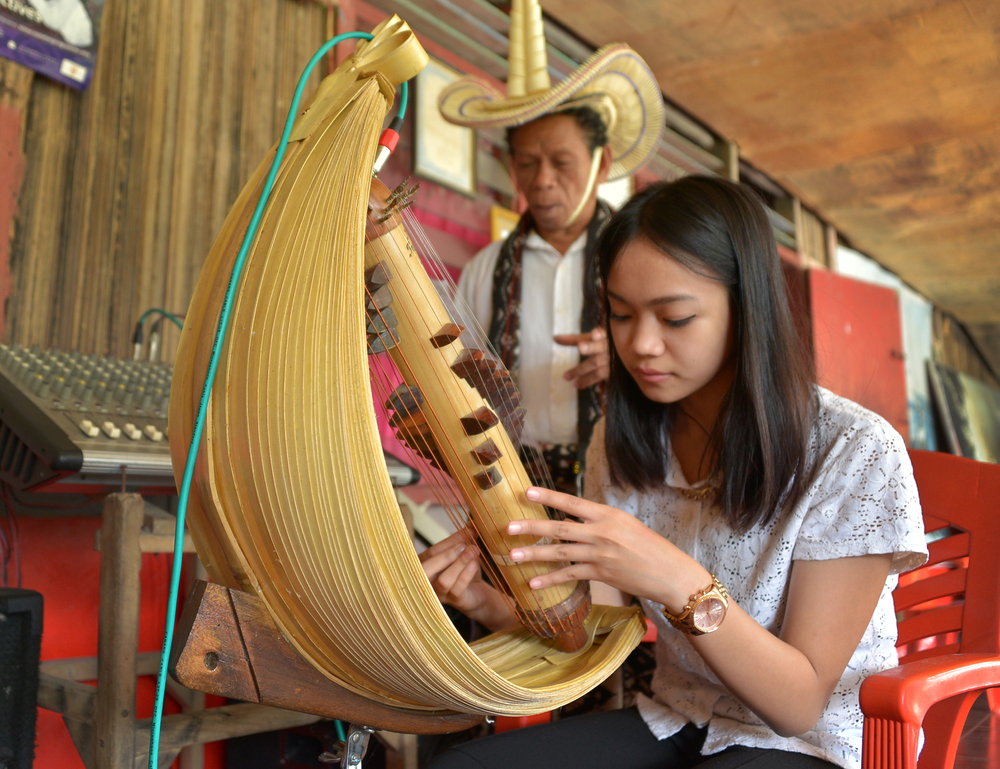
Sasando
If you try to find out which instrument has the most strings, average joe is going to tell you it’s the classical harp. For this reason, you’ll always find the harp listed as one of the 10 hardest instruments to play. Harp-shmarp. Like a status-quo-blinded physicist, I was not prepared to accept this string theory.
Introducing (drum roll, please)… the sasando! All the way from sunny Indonesia, this exotic beauty is crafted from an organic mix of bamboo and palmyra leaves. Weighing in at 56 strings, she takes the harp and knocks him right out of the ring!
Like all boxing greats, the sasando has a top-notch origin story. According to legend, a boy named Sangguana was tending his fields but when he sat down to rest beneath a palmyra tree, he accidentally fell asleep. In his enchanted dream, he found himself playing beautiful music upon an unknown, otherworldly instrument. So intoxicated was he by this reverie that when he awoke, Sangguana immediately set to work at crafting an instrument from whatever he could find around him. Thus, he created the sasando and carried on strumming the divine song from his dreams.

Santur
To give the harp some credit, its Arabic/Asian predecessor (also known as santoor, qanun, dulcimer, etc.) is a notoriously tricky instrument to master. Dedicated and fine musicianship is required in order to charm an elegant tune from its body.
Like the bulbul tarang, a santur is played upon a flat surface with its musician kneeling before it. The instrument itself is a large trapezoidal box lain with a vineyard-like arrangement of strings. Adding to its difficulty, instead of plucking these strings, they are instead tapped delicately upon by two tiny wooden forks.
Now, it’s time to admit that we’ve strung you along with the sasando. At 92 beautiful bronze strings, the Iraqi-style santur easily takes the title in our fight for Stringmaster World Champion!
The Hardest Wind Instruments to Play
Due to the intense amount of practice and precision necessary to master the technicalities of wind instruments, these air-powered music makers are considered by many to be the most challenging instruments of all.

French Horn
This gigantic brass squiggle is as difficult to play as it is to lift! And it’s all got to do with whether or not your mouth can handle this amount of horn. To start with, if you haven’t been born with lips and teeth destined for horn playing, then your mouthpiece is already doomed to be off-center.
And even if your pout measures up, the sheer amount of training that you’ll need to undertake to learn circular breathing (inhaling and exhaling through your nose whilst continuously blowing out through your mouth to maintain a note), vibration, keying, etc. might make you second guess your choice of instrument.
If you want a visual representation of how complicated it is to play a French horn, just look at one.

Didgeridoo
The ancient instrument of the Australian aboriginals might be simpler in form than the French horn, but it’s almost as hard to play. You’ll still have to master the bane of wind musicians everywhere: circular breathing, alongside a range of culturally specific vocalizations.
Most pertinently, it’s deeply sacred music. The didgeridoo is almost impossible to play without digging deep into the soul of the earth and giving yourself to it. You need to be one with the land or else immediately give yourself away as an imposter. So, in learning to play the didge, you’ll first and foremost need to learn the world beyond-words: dreaming.
For women, this will be the hardest instrument of all to play, as it’s forbidden to them under Aboriginal law.

Oboe
Any true oboe virtuoso has only become so by torturing themself relentlessly for decades. Such a musical journey must they undertake to be able to elicit a perfectly timed, perfectly pitched note, a pianissimo, correct embouchure (mouth placement), fingering… or that dreaded circular breathing.
We can easily imagine frustrated oboe apprentices resorting to self-flagellation. This large, flute-like instrument is not for the faint-hearted.

Organ
Imagine the intimidation and awe you’d feel if you were praying silently in a church when Bach’s ‘Fantasia and Fugue’ came suddenly crashing down from the organ (a personal experience of mine). This is nothing next to the awe and intimidation you’ll feel when faced with learning to actually play the organ.
Often literally built into the architecture of a church, the power behind an organ’s keys is something like if you hooked up the foghorn of the titanic to a piano. This power comes with great responsibility. It also comes with 2 to 12 times as many full-sized keyboards as a piano and a whole bunch of fiddly knobs. Indian god ‘Shiva,’ with his multiple arms and thunderous nature, would probably make a brilliant organist.
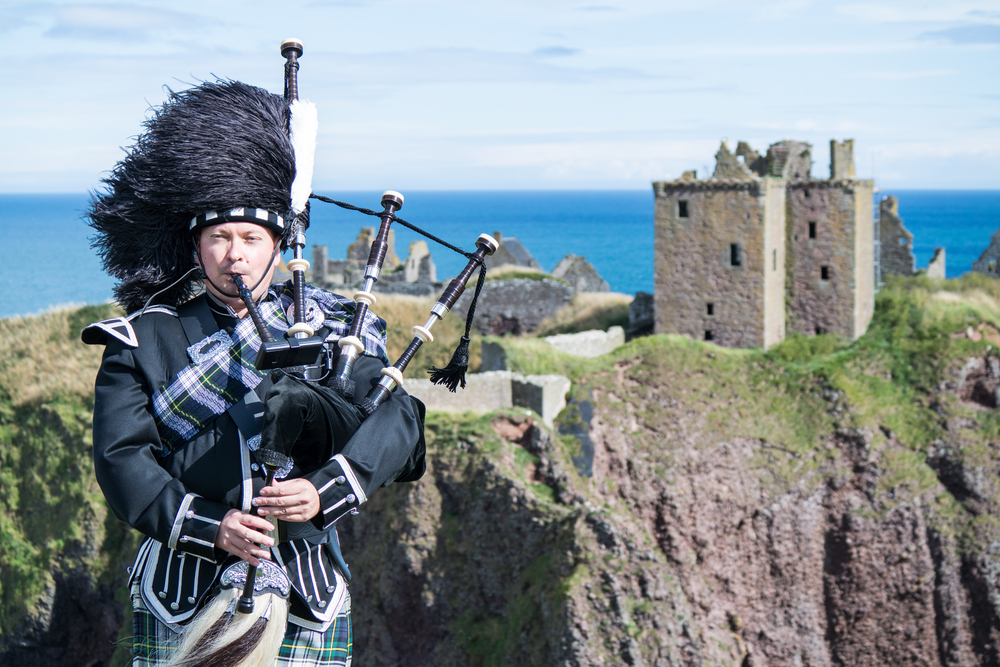
Bagpipes
Bagpipes may automatically conjure the image of a stony-faced, kilt-wrapped Scottish military band, but the basic instrumental concept can be observed right across Europe. From France to Italy, through Germany and Sweden, all the way down to Macedonia and Bulgaria. None of their bagpipes are easy to play!
With a range of differently sized pipes attached to an inflatable pocket, the bagpipe looks more like a wineskin than an instrument. Mysterious and willful, simply controlling the beginning and end of a note is a challenge in itself. Irish Uillean pipes are bellows-blown, making them a little more straightforward to handle; however, most other kinds can only be inflated with raw lung-power.
Although the fingering is not as technically difficult as the oboe or French horn, the never-ending nature of notes produced means that instead of playing one note at a time, you need to layer them like a musical Jenga, without getting lost in the labyrinth.
The Coda (AKA Outro)
We hope you’ve enjoyed our exploration into the world’s hardest instruments to play and that we’ve introduced you to at least one new musical apparatus. If you’ve been inspired to pick up one of these instruments along the way, then you have our greatest respect and deepest condolences!
